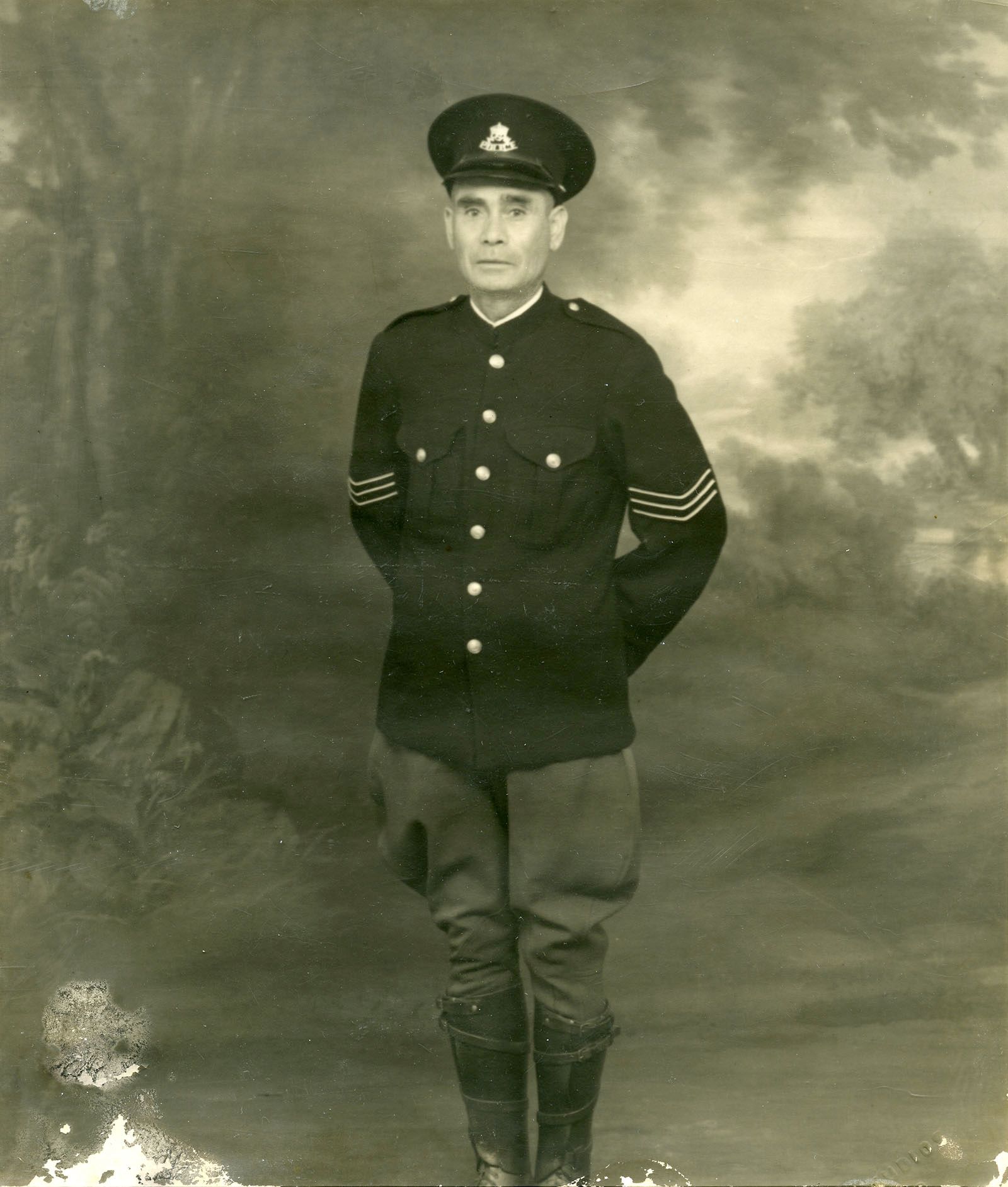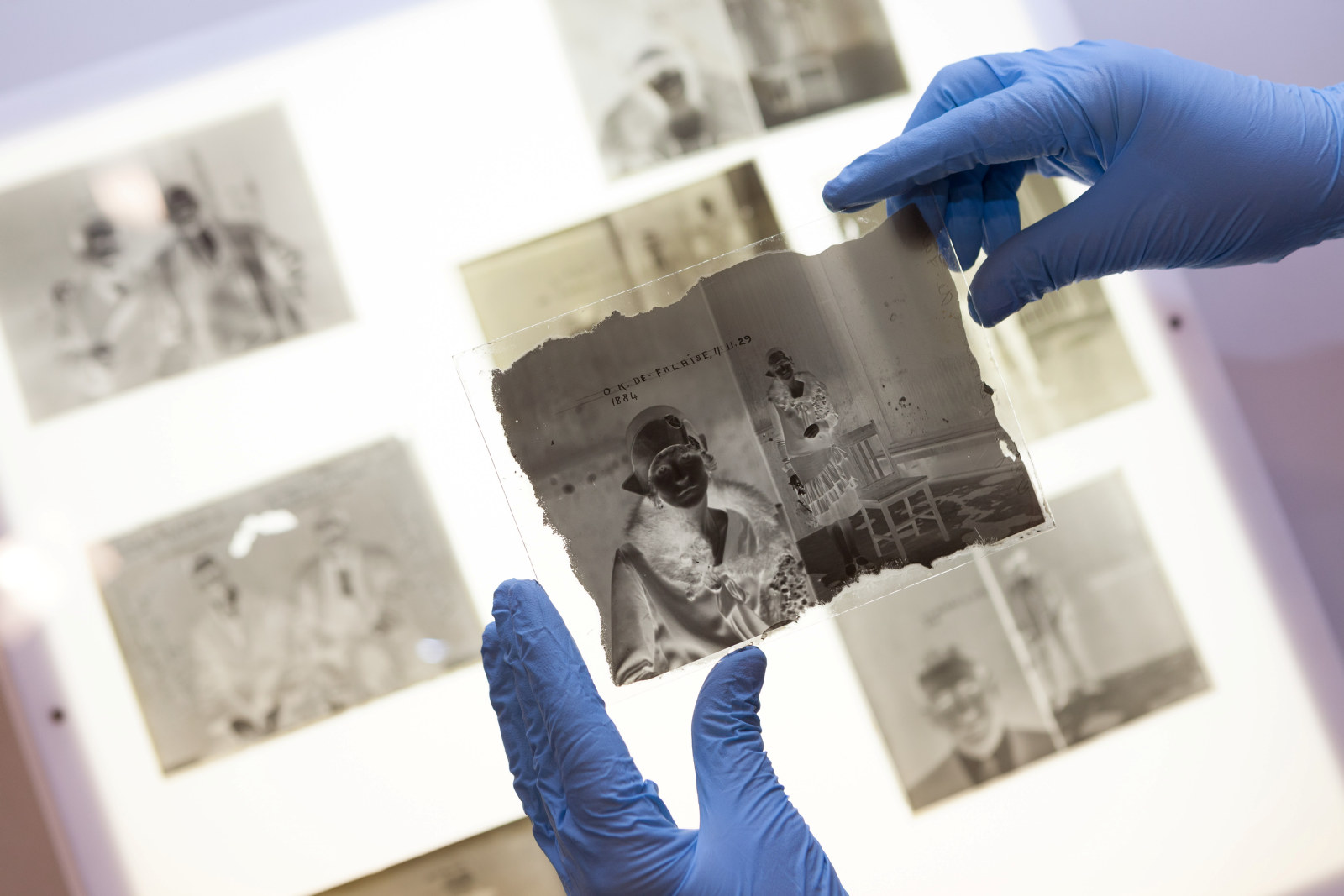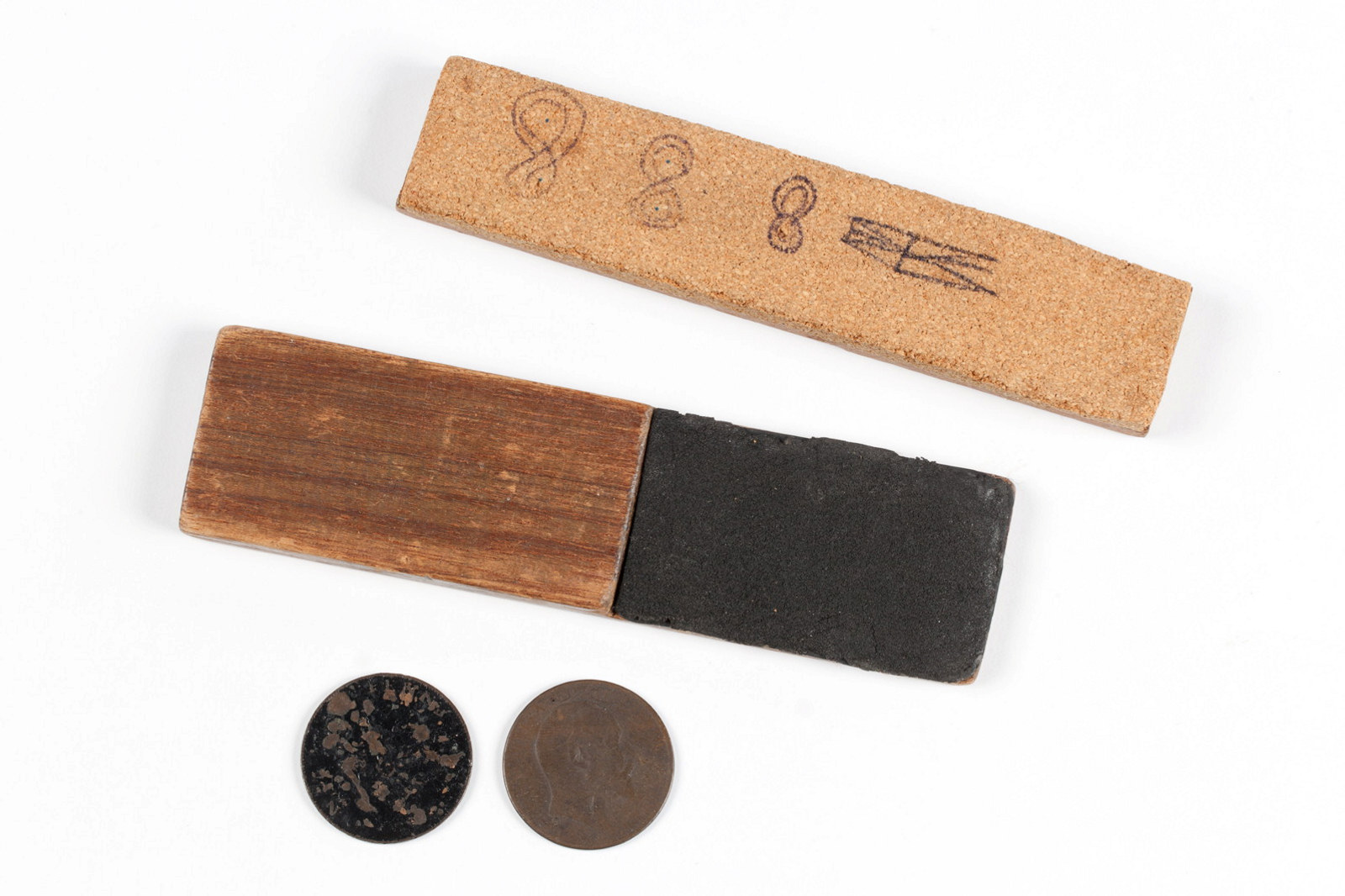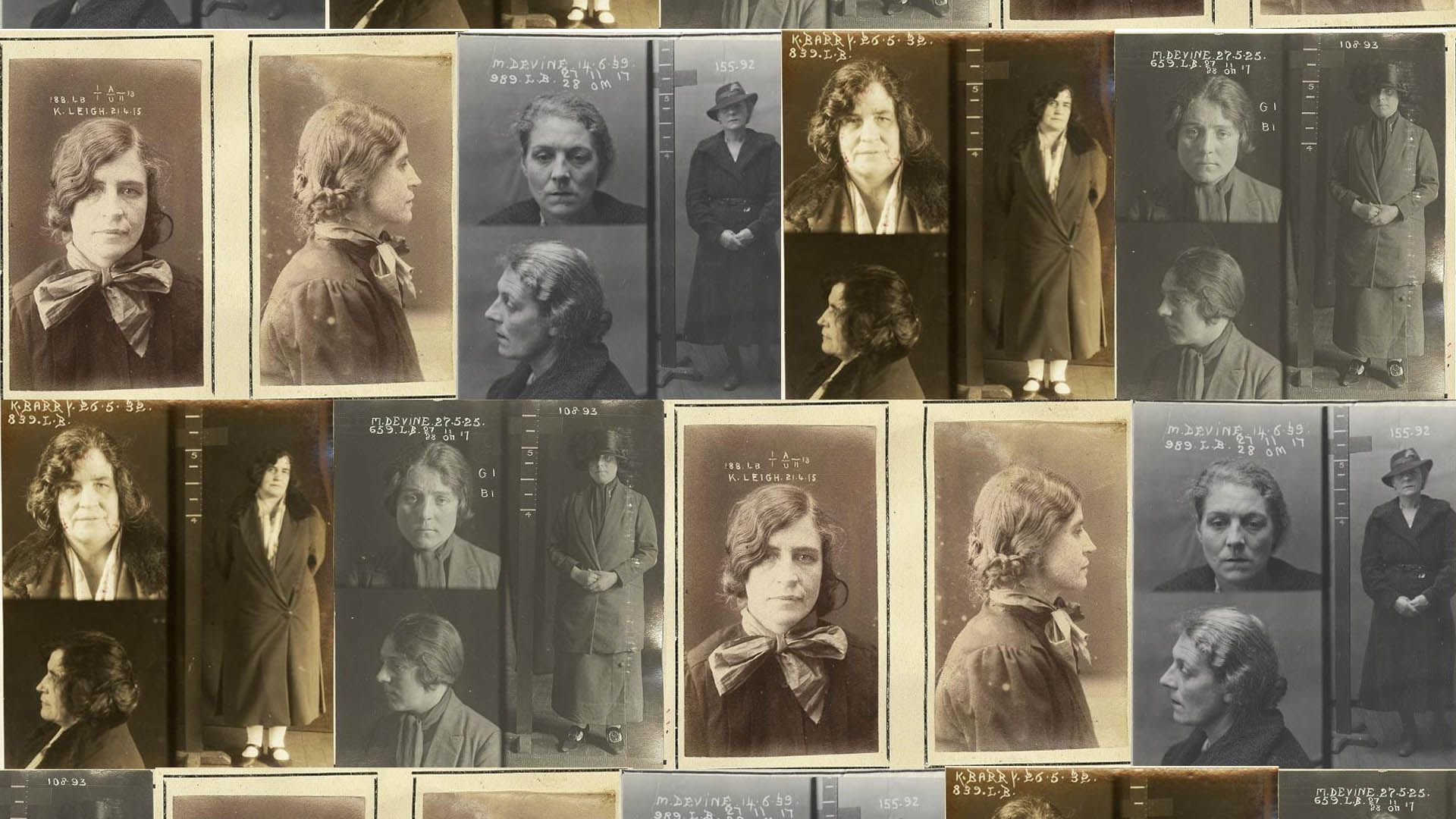Gritty business
By the 1850s the town of Sydney was thriving. With the recent end of convict transportation, the discovery of gold and improved transport and communications, people of all kinds flooded through the bustling port. Around the waterfront – the hub of the expanding city and colony – crime as well as trade was on the rise.
This was the beat of the Water Police and the area of interest for the magistrates of the Water Police Court. As tempers flared into drunken fights, deals soured and the good times collided with the bad, roughs and drunks, petty criminals and the plain unlucky were hauled before the court in such numbers that a new building was urgently needed. An elevated site overlooking the waterfront on the edge of the governor’s domain was chosen, and plans for a new courthouse were quickly drawn up.
The new Water Police Court was completed by 1856, and soon after a new Water Police Station. In 1886 a Police Court was squeezed into the vacant land between the two buildings, making the three-building complex one of the busiest legal precincts in the colony. Today as the Justice & Police Museum, the history of crime, policing and justice are explored in these same buildings, where the gritty business of maintaining law and order once played out.
Water Police Court
The Water Police Court opened in 1856 and, although not universally celebrated for its architecture, it was accepted as ‘well fitted for the purpose for which it is designed’.1 Most of the court’s work revolved around petty crimes – using offensive language, public drunkenness, careless ‘mistakes’ made after a night on the town, petty theft, break and enter – and by 1880 it was dealing with over 17,000 cases a year.2 Along with those directly involved in the trials, thousands of others passed through the court, supporting friends and family, hoping to see an enemy put away, or simply to enjoy the drama of the courtroom.
Day after day, month after month, the same faces are visible in their dirt and repulsiveness, watching with interest and gloating over the scenes which are almost daily presented in the courts.
Evening News, March 1884
The Water Police Court also held preliminary hearings for more serious offences. Perhaps the most infamous was the case of Henry Louis Bertrand, known as the mad dentist of Wynyard Square. In 1865 Bertrand murdered the husband of his lover Maria Kinder and made it look like a suicide. When another of Maria Kinder’s lovers sent Bertrand a letter accusing him of murder, Bertrand took the letter to the police. The letter writer was arrested and appeared before the Water Police magistrate, who sentenced him to one year’s jail for attempted blackmail. Following the trial, Bertrand commented in his secret diary, ‘I am satisfied. Thus once more perish my enemies’.3
But further investigations eventually led to Bertrand’s arrest, along with his wife Jane and Maria Kinder, who assisted him in his plot. A preliminary hearing was held before the Water Police magistrate who, in an attempt to shield the two women from recounting the sordid details of the case in public, allowed part of the hearing to be conducted in his private office. As with other serious crimes, the case was sent on to a higher court, where Bertrand was found guilty, but insane. During his imprisonment, he carved little mementoes out of animal bones. A number of them are held in the museum’s collection, along with the guns he bought for the murder.
The new court was designed with seven air vents and a basic air-conditioning system built into the magistrate’s bench. On the court’s opening, its first presiding magistrate, Mr Whittingdale Johnson, commented, ‘There was chance now of those magistrates who were in good health not losing it, and of those who had suffered through the foul atmosphere of the old court regaining their health’.5 With its cedar joinery, the magistrates’ bench also created an appropriately dignified and authoritative setting from which to pass judgment, while a maze of corridors and entrances ensured the magistrate was kept separate from the public, and prisoners from the witnesses, to minimise the potential for violence, bribery or coercion.
If the magistrate speaks, one hears a voice proceeding from the roof, as if some ardent ventriloquist were displaying his talent.
Evening News, 4 September 1902
The Police Court
In 1886 a further court opened on the site to ease the workload in the original Water Police Court. Architecturally it had learnt many lessons from the failings of the first onsite court and so was equipped with slightly better acoustics and a bank of windows set high into the ceiling to light the room. In the earlier Water Police Court, ‘If the magistrate speaks, one hears a voice proceeding from the roof, as if some ardent ventriloquist were displaying his talent’,4 while by the 1870s complaints about the smell of prisoners and the stench wafting from the court’s public gallery had become commonplace.
The new court was designed with seven air vents and a basic air-conditioning system built into the magistrate’s bench. On the court’s opening, its first presiding magistrate, Mr Whittingdale Johnson, commented, ‘There was chance now of those magistrates who were in good health not losing it, and of those who had suffered through the foul atmosphere of the old court regaining their health’.5 With its cedar joinery, the magistrates’ bench also created an appropriately dignified and authoritative setting from which to pass judgment, while a maze of corridors and entrances ensured the magistrate was kept separate from the public, and prisoners from the witnesses, to minimise the potential for violence, bribery or coercion.
Museum collection
By 1979 the volume of work had outgrown the courts on the site and they were all closed. After the police left the site in 1985, plans were made to create a museum in the buildings. The museum today features a courtroom, charge room and cell recreated to their appearance of the l890s, when the complex was at its busiest. The working wharves and warehouses, grimy streets and Water Police may have made way for the bustling financial and tourist hub that is now Circular Quay but the stories of those who lived outside the law and of those who strove to stop them live on inside the museum’s sandstone walls.
The original police museum collection had been assembled many years earlier from weapons and other items seized during investigations and used in training new constables – although when viewed by a reporter in 1910, it was described as ‘an excellent demonstration room for a professor of crime’.6 The collection also contains forensic evidence from some of the state’s most infamous crimes, including the Pyjama Girl murder, and a wide-ranging collection relating to the bushrangers who terrorised the colony from the 1850s to the 1880s. These include weapons and other items alleged to have belonged to bushrangers such as Ben Hall, Thunderbolt, the Kelly gang, the Clarke gang and Frank Gardiner. A plaster deathmask of Andrew George Scott, alias Captain Moonlite, made shortly after his execution, has particular resonance as he is known to have spent time in the Water Police Station.
Footnotes
- Sydney Morning Herald, 29 April 1856.
- Sydney Morning Herald, 22 January 1881.
- A complete report of the examination in the alleged murder case of the late Henry Kinder, Caxton Steam Machine Printing Office, Sydney, p58.
- Evening News, 4 September 1902.
- Sydney Morning Herald, 8 January 1886.
- Daily Telegraph, 26 August 1910.
Published on
Related

Alexander Riley, legendary Aboriginal police tracker
The remarkable talents of Aboriginal trackers who worked for NSW Police in the 20th century are featured in a display at the Justice & Police Museum

Glass-plate photography
The collection of glass-plate negatives held in the State Archives and Justice & Police Museum are endlessly fascinating and revealing

Come in spinner!
Gambling in Australia is regulated by the state and some types of gambling are illegal. The game Two-up, with its catch cry of ‘Come in Spinner!’, is legal only on Anzac Day and only in some states

Tilly Devine & the Razor Gang Wars, 1927–1931
Learn about the Razor gangs and their leaders Tilly Devine and Kate Leigh
